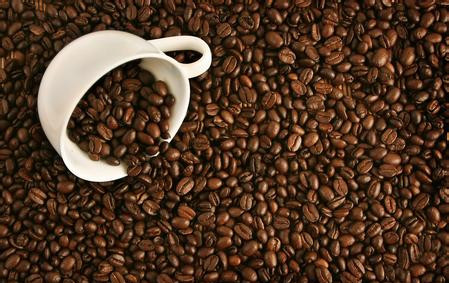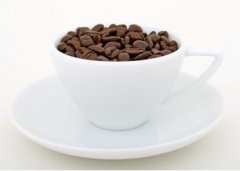Criteria for distinguishing quality coffee

1. High-quality raw beans without defective beans (raw beans with few defective beans such as fermented beans and moldy beans, but not high-priced beans)
two。 Freshly roasted coffee (coffee is best served within two weeks after roasting, preserved as beans and ground before brewing)
3. Freshly ground coffee
4. Freshly brewed coffee
The summary is as follows: the so-called good coffee quality coffee can be defined as "high-quality raw beans remove defective beans, roast properly and extract correctly when fresh". Good coffee is not necessarily good coffee, but bad coffee must be bad coffee.
In the definition of high-quality coffee, it is not difficult to see that the first flawless bean is the top priority of the whole link. What is defective bean?
Which are the defective beans that affect the flavor of high-quality coffee?
Moldy beans: cyan and white bacteria grow because they are not completely dry or are too wet during transportation and preservation, which will make the whole cup of coffee mildew if mixed into roasting and grinding.
Fermented beans: there are two main causes, one is the process of soaking in the washing fermentation tank, which is formed by water pollution, and the other is that the moisture in the warehouse makes it ferment and makes the surface of the beans mottled. It is not easy to distinguish from the appearance, but special attention should be paid to the rotten smell if mixed with the coffee.
Dead beans: beans with abnormal results. The color is not easy to change because of baking, so it is easy to distinguish.
Immature beans: pick them when they are not ripe and have a fishy smell. Lack of the luster of ripe beans, and it is not easy to distinguish them at beginners.
Shell beans: caused by poor dryness or abnormal mating, the beans break from the central line. It is easy to produce uneven baking.
Worm-eaten beans: when the coffee fruit ripens and turns red, the worm lays an egg inside. The coffee fruit is an important nutrition for the growth of larvae, leaving moth-eaten beans on the surface. It will cause the coffee liquid to be cloudy and produce a strange smell.
Black beans: early maturity, falling on the ground, long-term contact with the ground and fermentation blackening. It produces the smell of F. B and is cloudy.
Shell beans: the endocarp is covered on the inside of the pulp of coffee beans and remains on the washed coffee beans. It will cause astringency.
Cocoa: it is caused by natural drying that the pulp remains and is not fully shelled. It smells like dirt.
In addition to the above all kinds of defective beans, there are stones, glass, branches and other impurities, light cause the roaster can not be used normally, heavy is scrapped.
If you want to know how these defective beans affect the flavor of coffee, the best way is to drink a cup of coffee made of defective beans, you can deeply appreciate the importance of hand selection before baking.
Next, let's take a look at the coffee varieties that are more common in the mainland and what kind of roasting methods they are suitable for.
What is the right way to bake?
For example, Colombia's special selection, which is sour and bitter, requires shallow baking, and is also required to cover its sour taste, so shallow baking is obviously not suitable for it.
Important Notice :
前街咖啡 FrontStreet Coffee has moved to new addredd:
FrontStreet Coffee Address: 315,Donghua East Road,GuangZhou
Tel:020 38364473
- Prev

Seven basic requirements for making coffee
If you want to drink a cup of coffee with charming flavor, you don't necessarily need to be good at choosing beans, but you need to pay attention to seven basic elements. A few simple words are a profound knowledge, and each accurate handling does not necessarily produce the same flavor. Therefore, you need to ponder over and over again to become a coffee master. Here are seven basic elements. Fresh coffee beans: the life of coffee is to keep fragrant and mellow.
- Next

Latte coffee flower art how to learn flower milk foam how to play only delicate thick
Latte Art can be divided into two main types: FreePour, which pours hot milk into an espresso while "pulling" the pattern; Etching, which uses chocolate sauce and toothpicks to pick up the latte directly after brewing
Related
- Beginners will see the "Coffee pull flower" guide!
- What is the difference between ice blog purified milk and ordinary milk coffee?
- Why is the Philippines the largest producer of crops in Liberia?
- For coffee extraction, should the fine powder be retained?
- How does extracted espresso fill pressed powder? How much strength does it take to press the powder?
- How to make jasmine cold extract coffee? Is the jasmine + latte good?
- Will this little toy really make the coffee taste better? How does Lily Drip affect coffee extraction?
- Will the action of slapping the filter cup also affect coffee extraction?
- What's the difference between powder-to-water ratio and powder-to-liquid ratio?
- What is the Ethiopian local species? What does it have to do with Heirloom native species?

